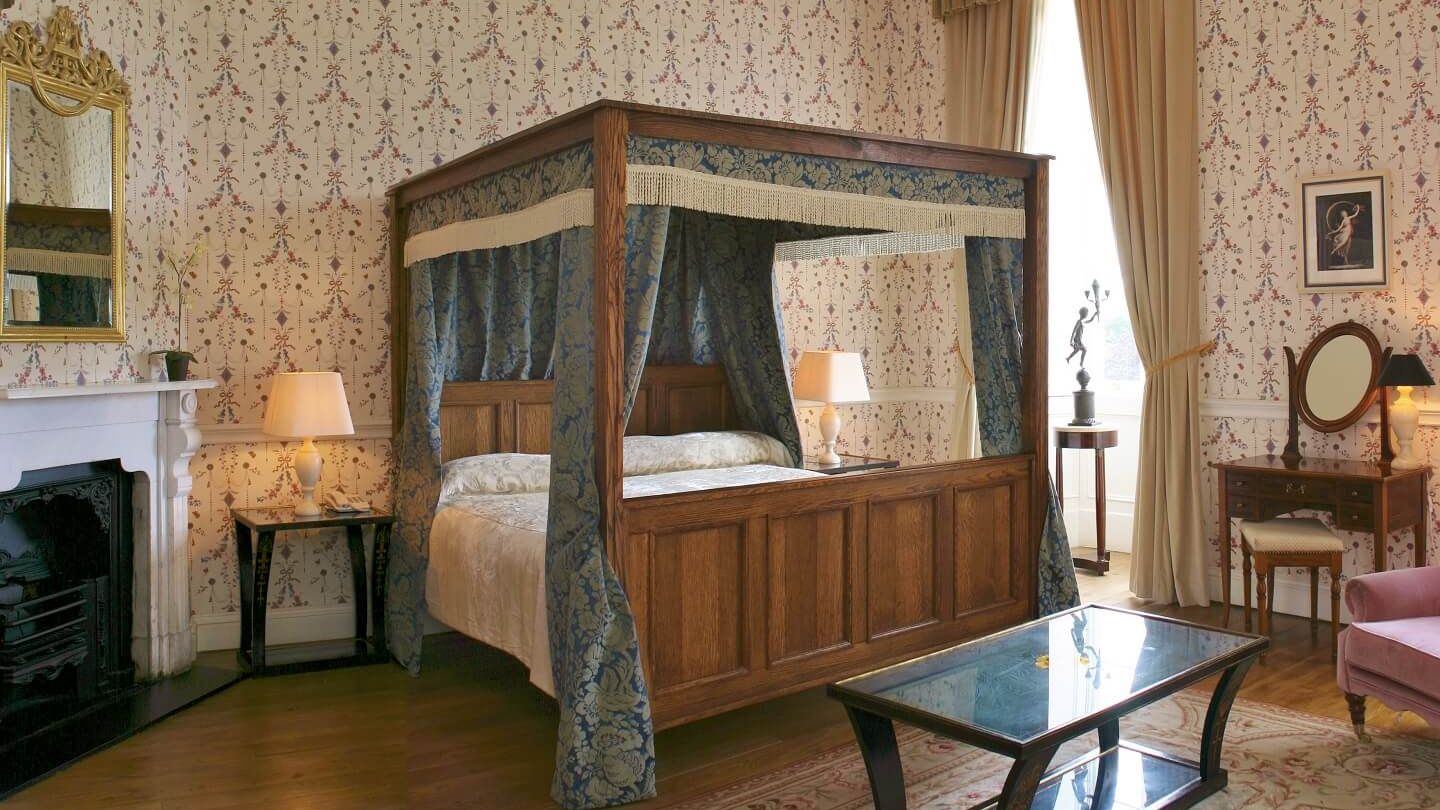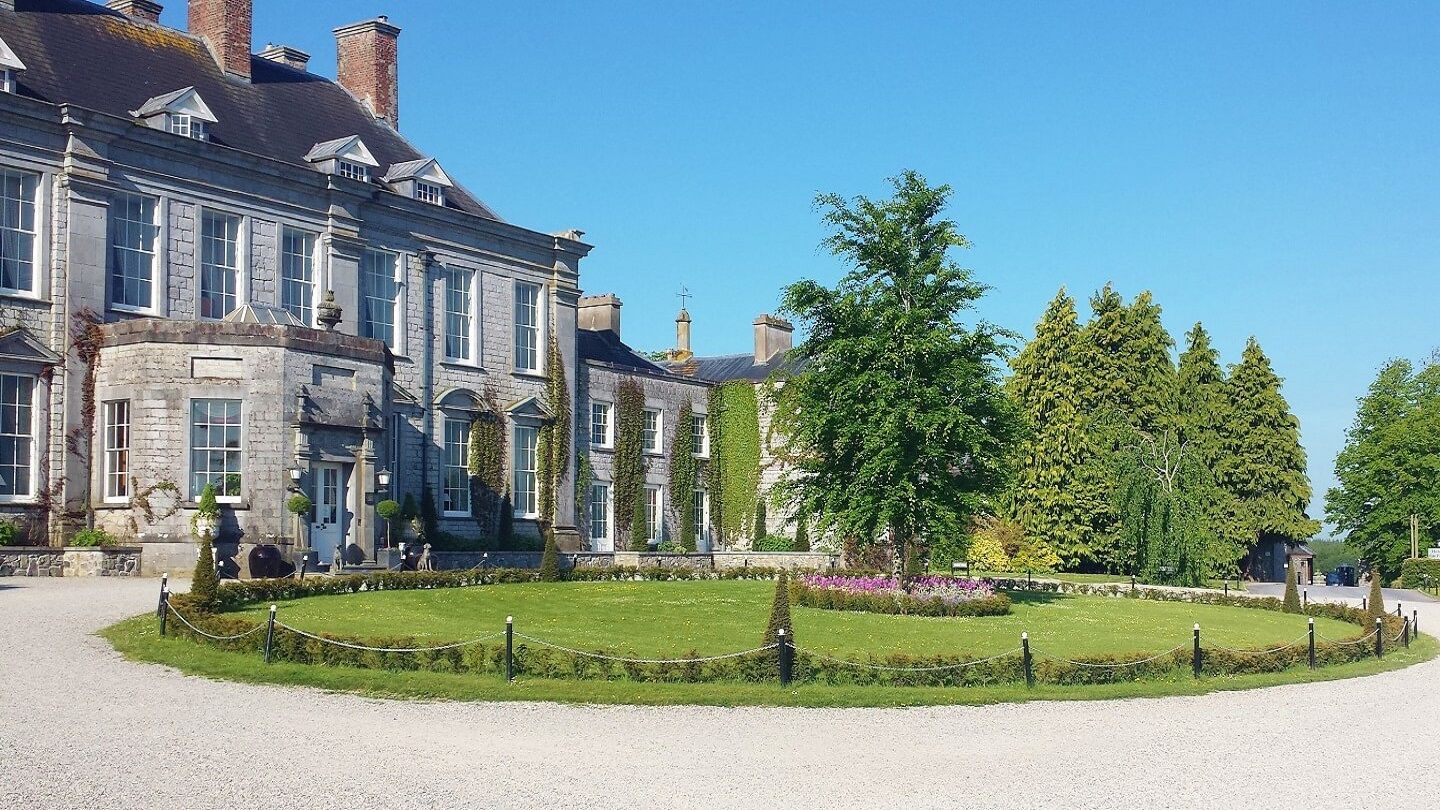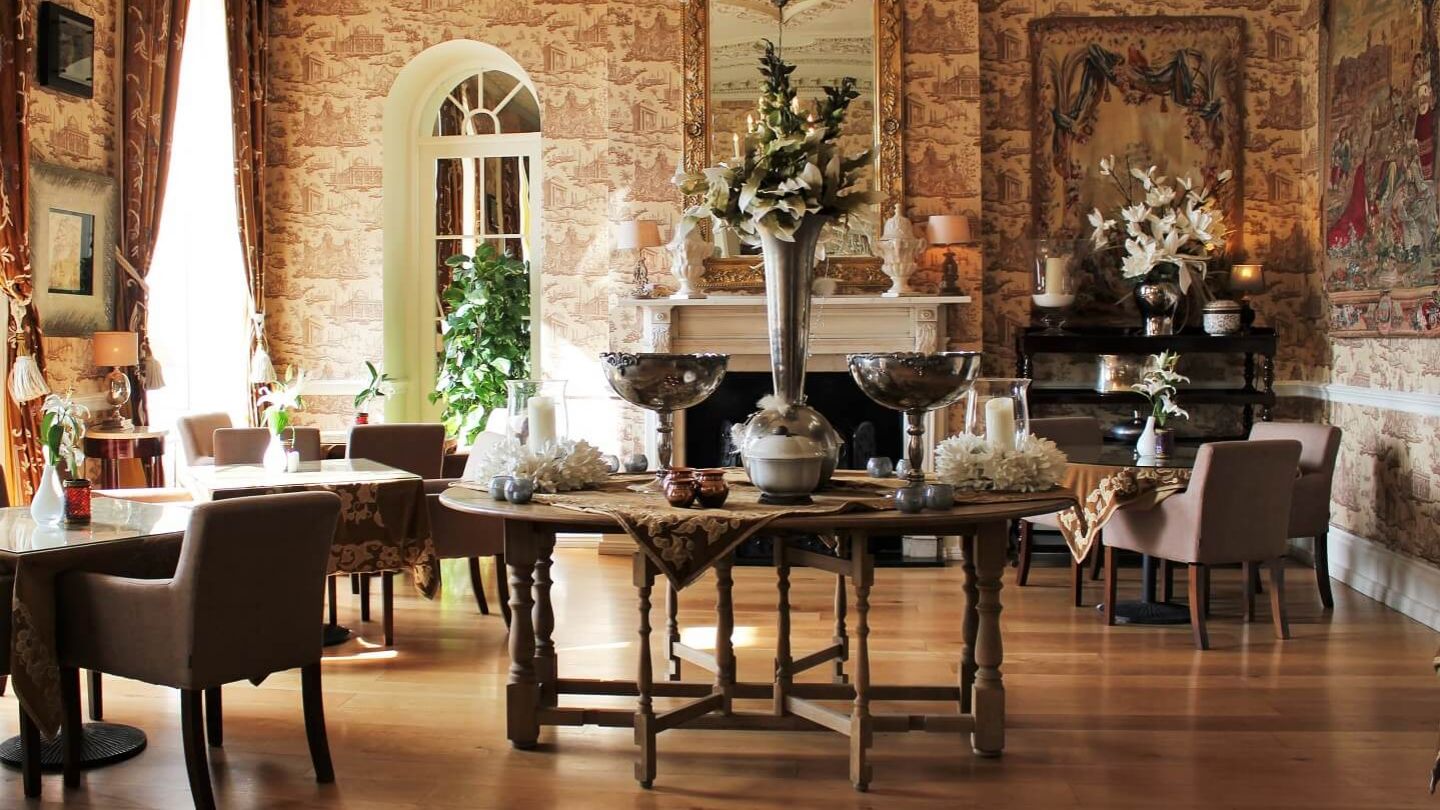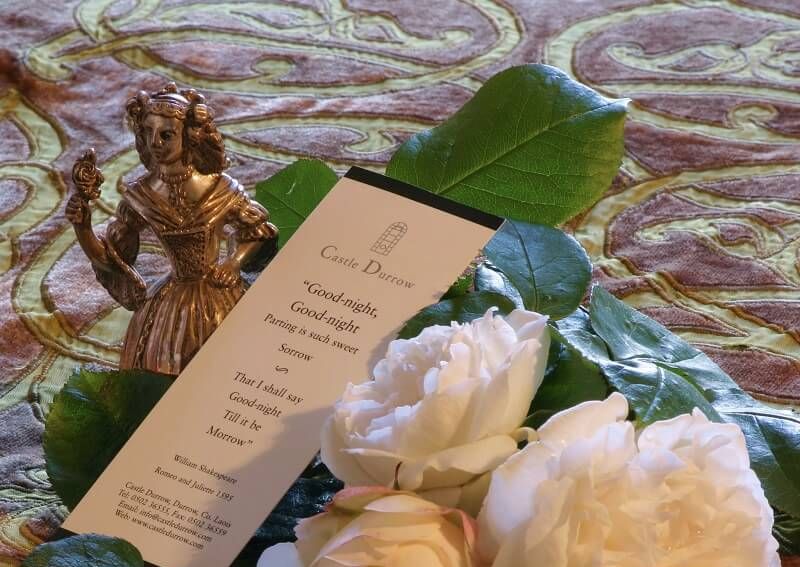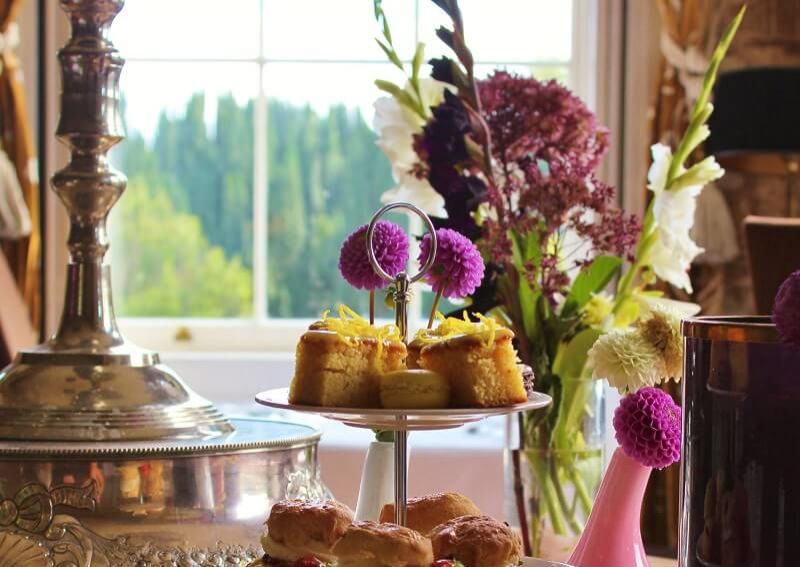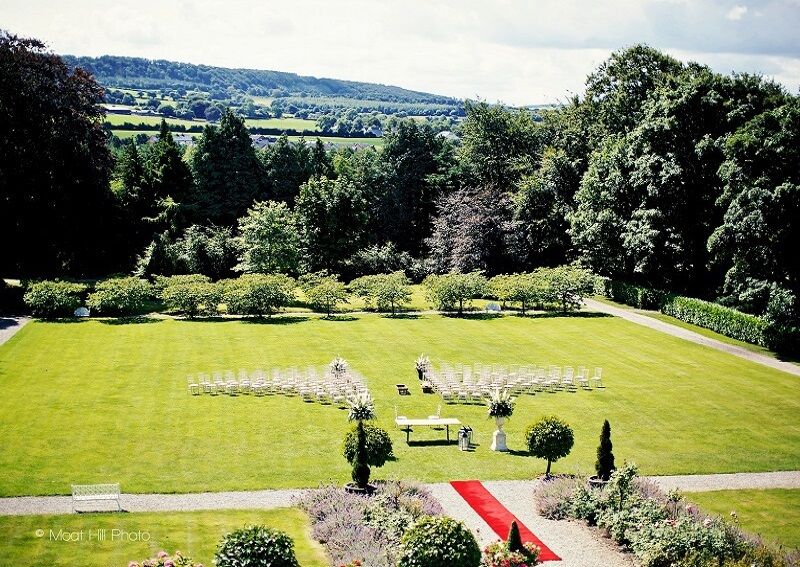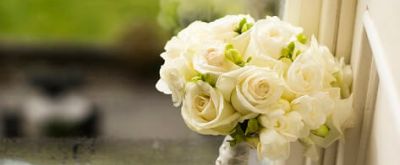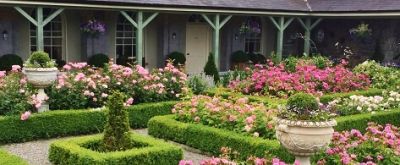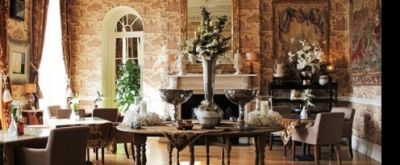The castle was built in the early 18th century (1712-1715) when domestic architecture in Ireland was developing an independence from the need for defence and economy that had characterised earlier construction, houses were built for living in luxury and showing of good taste.
The new Protestant aristocracy was beginning to enjoy the lands that they had inherited. The fashion of this new era dictated that inherited land should now separate the burden of agriculture from that of class and create elegant mansions that could not in any way resemble the farmhouse type buildings of the previous age.
Castle Durrow is a piece of Irish History embodied in stone. As a building its massive solidity is combined with an old-world charm and elegance that is distinctive and attractive. It is the creation of an Anglo-Irish landlord family, a relic of an age that has vanished forever. Castle Durrow is a country house of importance that still stands in close to its original condition and is one of the few 18th century houses for which precise building records survive.
The legacy of Castle Durrow is its unique sense of proportion, restrained good taste, and a spaciousness that has largely disappeared from present-day living.
Colonel William Flower commenced with the construction of the Manor in 1712. The Flower family assumed residence of Castle Durrow in 1716 and continued to expand and improve their estate on various occasions during their 214 year reign. Past research indicates that the Ashbrook family were generally regarded as benevolent landlords and of course the largest employer of Durrow Village.
In 1922 the banks finally foreclosed and the Flower family were forced to relocate to Britain. The castle was sold to Mr Maher of Freshford, County Kilkenny who was primarily interested in the rich timber reserves of the Estate and sold of most of the beautiful old oak trees to Britain, by 1928 the old hard wood forests of Durrow were scarce.
The Land Commission divided up the arable portions of the property and the Forestry department took over many of the woods for further plantation. During this time the great manor house remained entirely empty. The Bank of Ireland acquired the town and consequently for the next 40 years house property in Durrow was purchased from that bank.
In 1929 with the Bishop’s approval the Parish of Durrow acquired the Estate for the purchase price of £1800 and Castle Durrow was transformed into a school, St. Fintan’s College and Convent. The establishing of a school at Castle Durrow was testimony to the fact that beautiful buildings of the past could be used in the modern world. The Presentation order ran the castle as a closed convent before they opened up the castle as a primary and secondary school which stayed open until 1987.
In the 90’s, Peter and Shelly Stokes purchased Castle Durrow and began the castle’s renovations. The works took over 3 years to complete. The renovations were a bigger job than originally was thought; the roof had to be completely replaced, new wiring and plumbing was put in through the whole castle. When the roof was renewed the original black oak beams were exposed and they are now a feature in the oriental rooms. Irish oak floors with underfloor heating were put in. New wooden sash windows were made for the castle to replace the old rotten ones. The stained glass windows, fire places and magnificent plastered ceilings were all restored. Furniture for the entire house was handpicked from Irish and European auction houses and many family heirlooms and antiques can be found dotted around the grounds. The Stokes family manage the daily running of the castle and they are an intricate part of the charming homely feel.
Guests are welcomed as old family friends.

